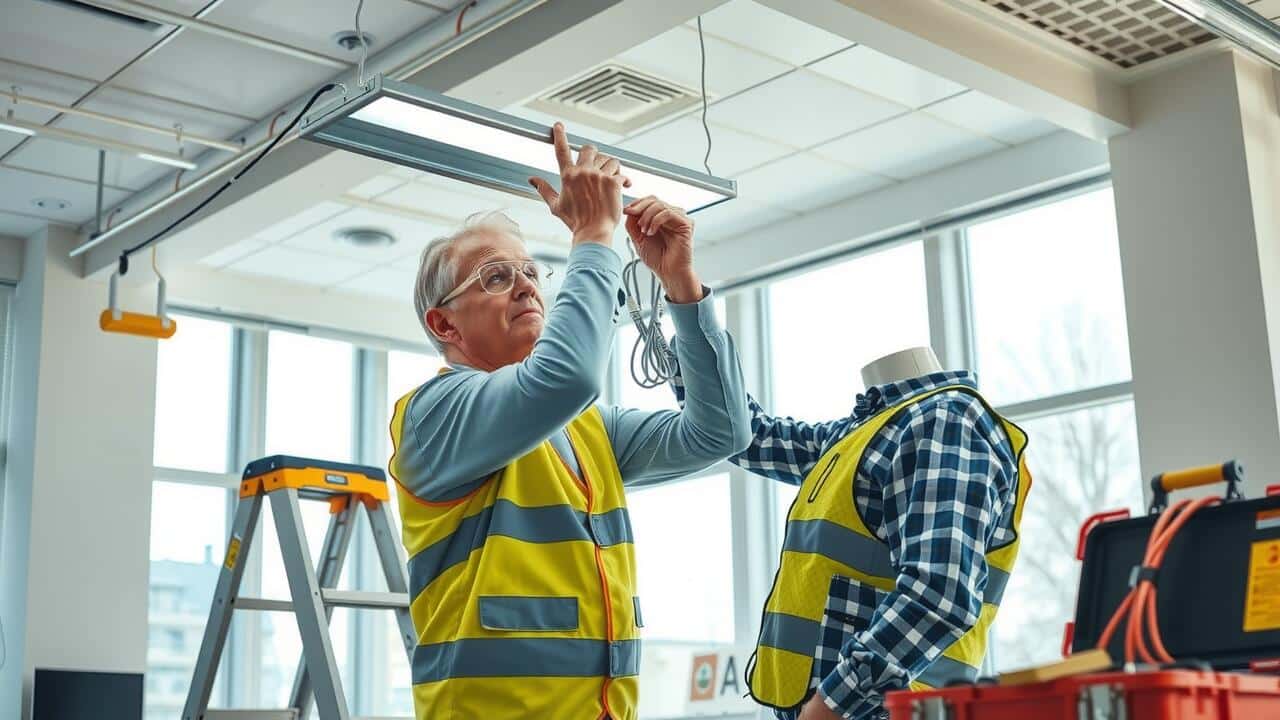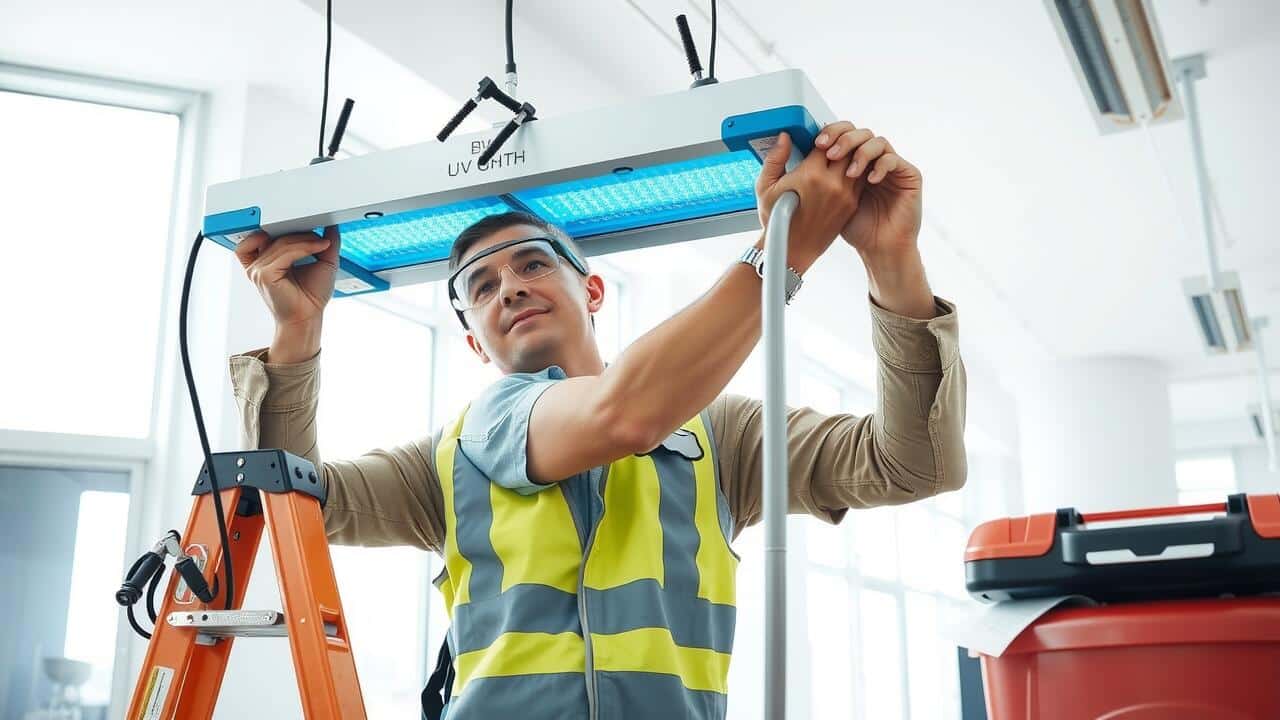
Table Of Contents
Energy Efficiency and Operational Costs
Energy efficiency plays a significant role in the operational costs associated with UV light systems. UV light installations can enhance air quality and reduce the workload on HVAC systems, leading to lower energy consumption. As a result, homeowners can experience reduced utility bills, making this technology a viable investment for long-term savings. The initial cost of UV light installation in various settings may vary, but the potential for energy savings can be a strong incentive for many.
Operational costs also include maintenance and replacement of UV bulbs, which typically occur annually. While these costs may seem minor compared to the overall savings from improved efficiency, they should be factored into the budget when considering UV light installation in your home or business. Ensuring that the system operates at peak performance can help maximize benefits, making it essential to follow the manufacturer’s guidelines for maintenance.
Long-term Savings with UV Systems
Investing in UV light systems often leads to significant long-term savings on energy costs. These systems work effectively to improve air quality and reduce the need for excessive ventilation, which can lower heating and cooling expenses. Homeowners who choose to invest in UV light installation in their HVAC systems may notice a decline in energy consumption over time, as the systems can maintain optimal performance without overworking the unit.
Moreover, UV lights can help in extending the lifespan of HVAC equipment by preventing the buildup of mold and bacteria. When systems operate more efficiently, they require less maintenance and fewer repairs, leading to further savings. Many users report that, despite the initial investment for UV light installation in their homes, the reduction in operational costs and improved longevity of equipment result in substantial financial benefits over the years.
Choosing a Qualified Installer
When considering UV light installation in your home, selecting a qualified installer is crucial for ensuring both safety and efficiency. Look for professionals who have experience specifically with UV systems, as this type of installation requires knowledge of HVAC systems and electrical work. A reputable installer should possess appropriate certifications and a solid track record of successful installations.
Additionally, reviews and testimonials from past clients can provide insight into an installer’s reliability and quality of work. It’s important to ask about warranties and follow-up services as well. A trustworthy installer will not only provide a clear estimate but also be willing to educate you about the system, its benefits, and any necessary maintenance, ensuring you are well-informed about your UV light installation in the long run.
What to Look for in a Professional
When seeking a professional for UV light installation in your home, it is crucial to prioritize experience and qualifications. Look for installers who are certified and have a proven track record in HVAC systems and UV technology. Reading customer reviews and testimonials can provide insight into their reliability and quality of work. A thorough understanding of both the equipment and local building codes is essential for ensuring a safe and compliant installation.
In addition to qualifications, consider the installer’s ability to offer comprehensive service. This includes an initial assessment of your space to recommend the right UV system for your needs. An effective professional should also provide clear information on maintenance and operational costs associated with UV light installation in your environment. Transparency in pricing and the ability to answer questions can reflect the installer’s commitment to customer service.
Local Variations in Installation Costs
Installation costs for UV light systems can vary significantly depending on the local market and regional demand. In urban areas, where competition among contractors is higher, homeowners may find more affordable pricing options. Conversely, rural regions may see fewer qualified installers, potentially leading to higher costs due to lower supply and higher travel expenses for contractors.
Additionally, building codes and regulations can influence the overall cost of UV light installation in specific areas. Certain states or municipalities may require special permits or inspections, which can add to the upfront costs. Homeowners should research their local guidelines and consider seeking multiple quotes to ensure they receive fair pricing for their UV light installation in their area.
How Geography Affects Pricing
Regional differences can significantly impact the costs associated with UV light installation in various areas. Local labor rates vary, with urban centers typically experiencing higher costs due to demand and a higher cost of living. Additionally, the availability of qualified professionals can influence prices; in regions where demand outpaces supply, installation costs may rise.
Local regulations and building codes can also affect installation expenses. Some areas may require specific permits or inspections, adding to the overall cost of UV light installation in those locales. These regional factors highlight the importance of researching local conditions and obtaining multiple quotes to ensure a fair price for the installation.
FAQS
What is the average cost of installing a UV light system?
The average cost of installing a UV light system can range from $100 to $1,500, depending on factors such as the type of system, the complexity of installation, and local labor rates.
Are there any ongoing costs associated with UV light systems?
Yes, there are ongoing costs, including electricity to run the system and periodic maintenance or bulb replacements, which typically occur every 12 to 24 months.
How can a UV light system provide long-term savings?
A UV light system can lead to long-term savings by improving energy efficiency, reducing the need for chemical disinfectants, and potentially lowering healthcare costs by improving indoor air quality.
What qualifications should I look for in a UV light installer?
Look for installers who are licensed, insured, and have experience specifically with UV light systems. Customer reviews and certifications from recognized organizations can also indicate their qualifications.
Do installation costs vary by location?
Yes, installation costs can vary significantly based on geographical location due to differences in labor rates, cost of living, and regional demand for UV light systems.


